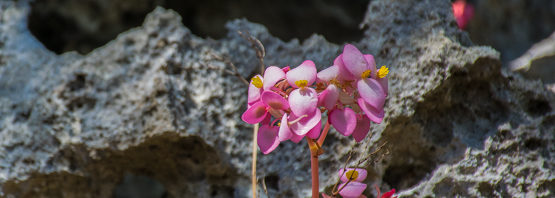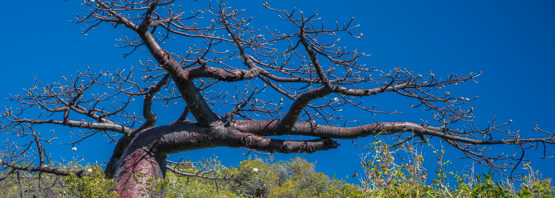When I was in Madagascar last month, I came across a book called “Baobabs de Madagascar”. Although it was in French, which is not exactly my first language, I decided to buy it on the strength of the excellent photographs. The text is clear and to the point and the description of each species is accompanied by distribution maps and line drawings.
It is not often one comes across a book where the title promises less than the content delivers. This is one of those exceptions: in spite of the title, the two non-Madagascan species (Adansonia digitata from the African continent and A. gibbosa from Australia) are treated the same way as the six ones endemic to Madagascar.
So, all in all I’m very happy with this addition to my library. The only little drawback for me is that an English text is easier to digest than one in French. Therefore I was happy to find out that an English version will be published soon.
The following link will give you more details:
Tag: Madagascar
Begonia goudotii
Coming across this species was one of the highlights of my recent trip to northern Madagascar. It was not just the novelty of seeing a Begonia in the wild, but even more so the enormous contrast between the dainty flowers and their harsh and inhospitable surroundings.
This tuberous species is endemic to Madagascar and quite distinct because of its large basal leaves, which are usually solitary in the wild and may become over 60 cm in diameter.
The plants occur in deciduous forests, usually in limestone rock crevices, at altitudes between 100 and 250 m.
Pictures taken at Montagne des Francais near Diego Suarez (Antsiranana) 19 June 2016
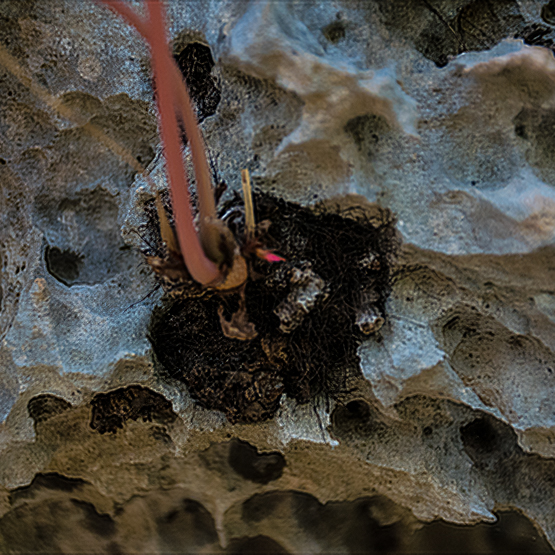
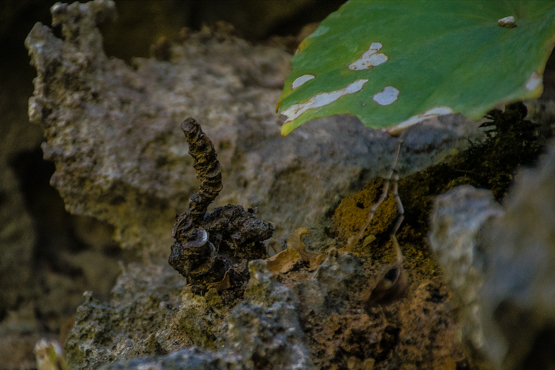
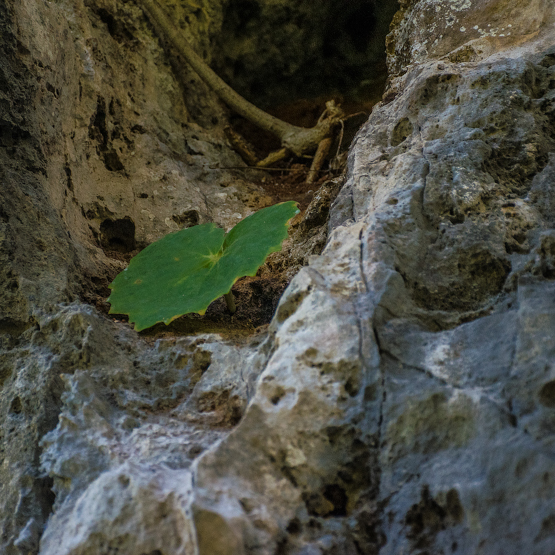
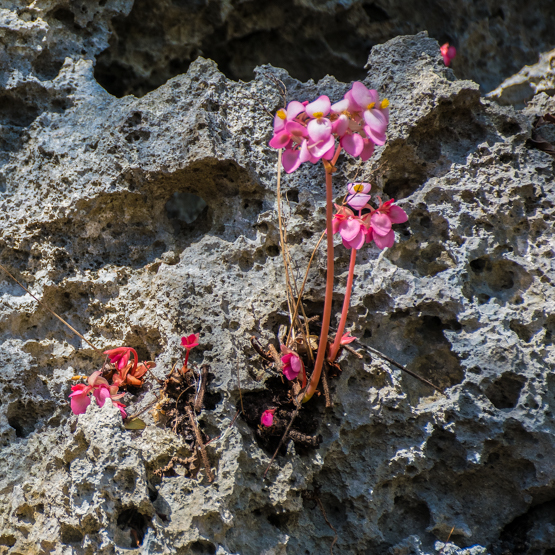
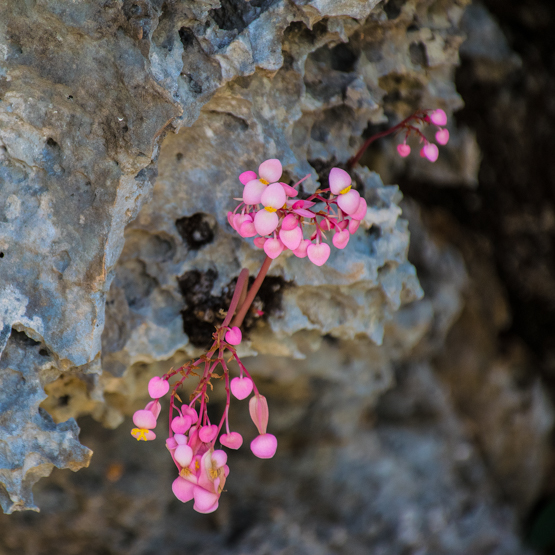
Back from Madagascar
Two days ago I returned from Madagascar. The return flight was rather annoying, as the airline had decided to cancel part of the original schedule. But as they say: all is well that ends well.
Our stay on the Big Island was great: beautiful scenery, lovely people, good food. Oh yes, you’re right, I went there to see succulent plants! Well, in that respect the trip proved to be a bit of a mixed bag. I knew beforehand that the northern part of the country (North of Antananarivo) does not harbour as many succulent plant species as the south and southwest. Unfortunately that proved to be rather an understatement. The number of species I came across was very limited, to put it mildly. On the other hand the area has a number of very interesting and beautiful endemics.
The last two days we spent south of the capital and that tipped the balance to the positive side.
All in all we loved being in the country again and we are now contemplating a new trip there pretty soon, this time to the more arid parts.
The following pictures will give you some idea of the things we saw.
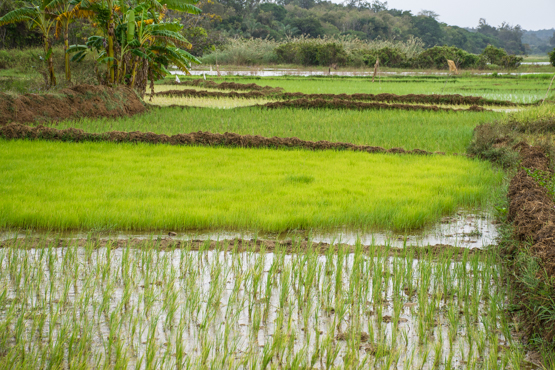
Rice fields in the Ankarafantsika Nat. Park
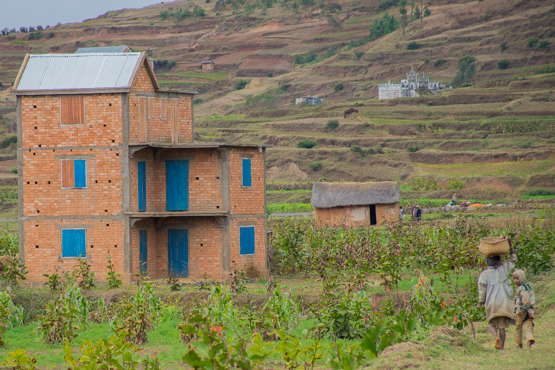
A typical example of the building style in the central highlands

Between Antanarivo and Maevatanana
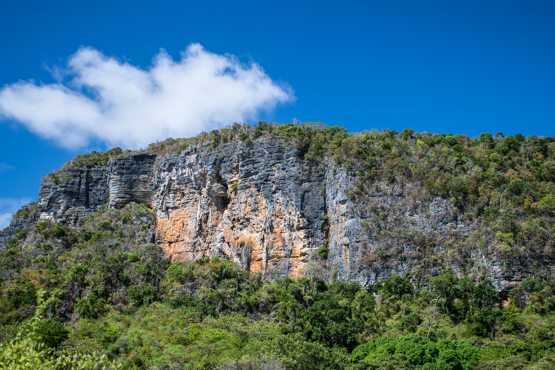
One of the more interesting areas for succulents: Montagne des Francais near Diego Suarez
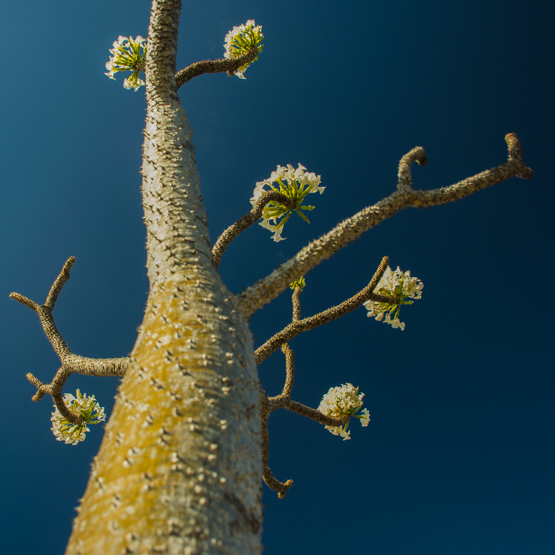
Pachypodium rutenbergianum
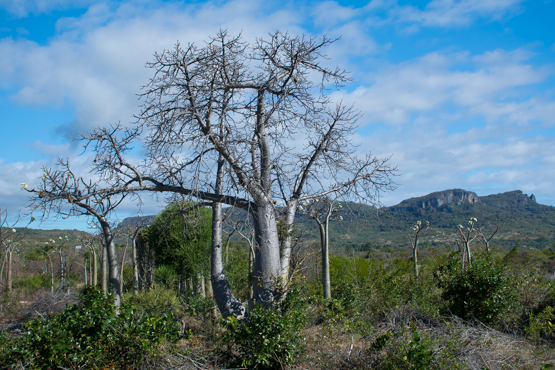
Adansonia madagascariensis accompanied by Pach. rutenbegianum on sandy coastal plain near Diego Suarez
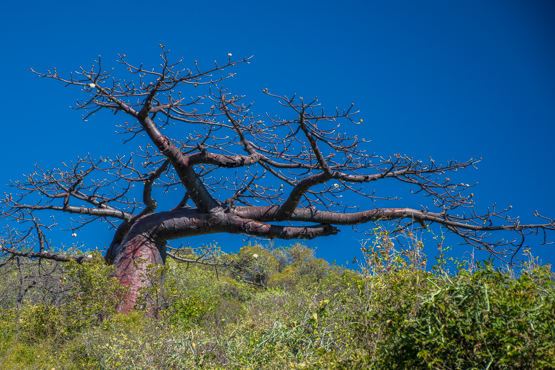
Adansonia suarezensis near Diego Suarez
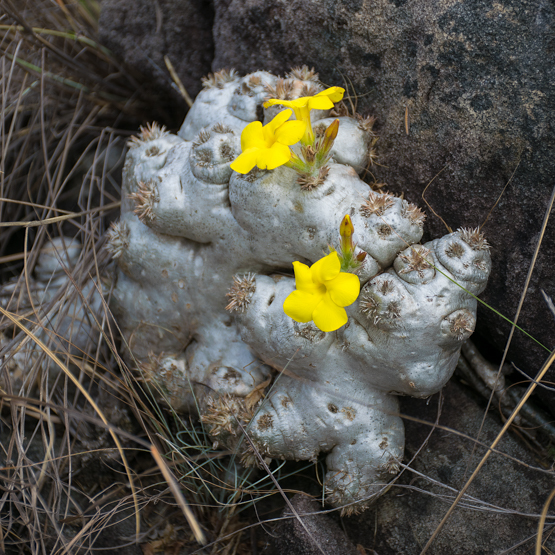
Pachypodium brevicaule at Mt. Ibity near Antsirabe
Madagascar, Here I Come
At the moment this post is published, I will be on my way to Madagascar.
Many years after my first visit there (1997), a return visit became more and more alluring (making hay while the sun shines and all that).
While on the previous occasion my wife and I visited the South, this time we will go in the opposite direction and I’m quite curious to find out what goodies are waiting there to be photographed.
At the end of the month I hope to be back safe and sound, and with many good memories.
